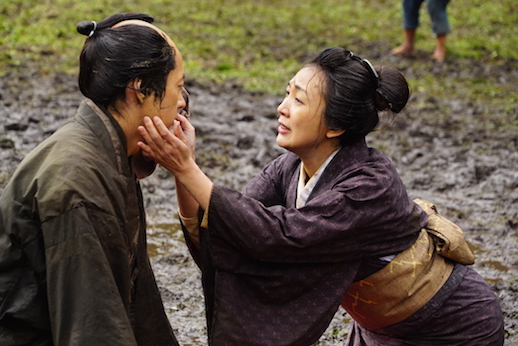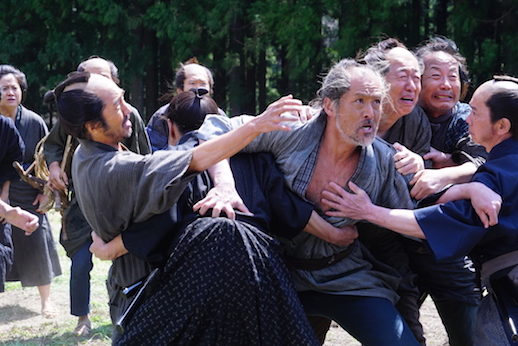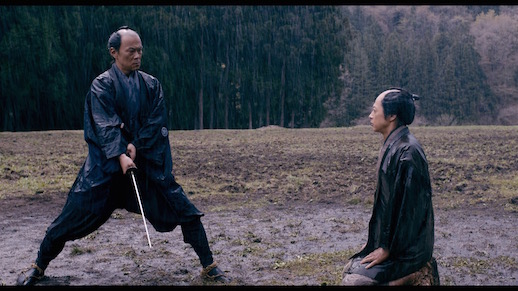Of Swords and Soil

Ninomiya Kinjiro tells the story of a 19th century figure who was born into poverty, rose in ranks to become a samurai, and later rescued hundreds of farming villages from financial ruin. Tokyo Art Beat (TAB) interviewed Sho Igarashi, the director of the film, which is now showing at Tokyo Photographic Art Museum (TOP Museum).
TAB: Why did TOP Museum decide to screen this film?
Risa Toyama (publicist): The museum has also screened Hazan and Adan, previous works from Director Igarashi.
TAB: The film is being shown with English subtitles. What appeal do you think it might have to a non-Japanese audience?
Director Sho Igarashi (SI): Daniel C. Imboden from the Civil Information and Educational Section at GHQ said, “Kinjiro Ninomiya is the greatest democrat from Japan” and “I don’t see any difference between Ninomiya’s thoughts and the essence of the Declaration of Independence.” I want [international] audiences to see how one Japanese person lived, standing firm in defense of “being equal as human beings” despite the fact that he was born as a farmer at the time of a class-based society in Japan.
TAB: How historically accurate is the film? Are Ninomiya’s conflicts with the samurai class true to life?
SI: The conflicts with Shosaku Toyota are true to life. And it’s accurate that Toyota later become fascinated with Ninomiya, became an irreplaceable right hand to him, and that soon after Ninomiya died, Toyota did too.
TAB: What can you tell us about the performance of the avant-garde dancer Min Tanaka?
SI: Mr. Tanaka is a world-renowned dancer. I cast him as Shoin, legendary Buddhist priest at Naritasan Shinshoji Temple, because Shoin must have a commanding presence. Mr. Tanaka shaved his head to play the part.

TAB: Ninomiya seems to have gone against authority in his lifetime, yet was later celebrated by the government, with statues of him installed at Japanese schools. What should be his proper place in Japanese history be?
SI: As for the statue of Kinjiro Ninomiya, back in the Meiji era, the Japanese government skillfully used him as an example of a diligent boy reading a book while carrying firewood. [He was meant] to be a model for citizens. But I think he was great as a revolutionist, rescuing more than 600 villages in his life.
TAB: Does filmmaking that celebrates historical figures have an obligation to portray them in their full complexity? Does it need to consider their legacy after their lifetimes?
SI: I didn’t try to make a hero’s biography. I wanted to portray a person, who believes in his thoughts and makes his way even by causing those around him trouble sometimes. I got interested in a man who peeked into houses at night to see if each villager was working. But what he did was revolutionary in a sense. This film is not just to celebrate a historic person. It’s a story about the meaning of living with morality and a sense of economy.

Screening Times
June 1–June 28
Tues/Wed/Sun 10:30/14:00
Thu/Fri/Sat 10:30/14:00/18:30
*Closed June 22
Screened with English subtitles from 18:30 every Friday June 7, 14, 21, and 28.



